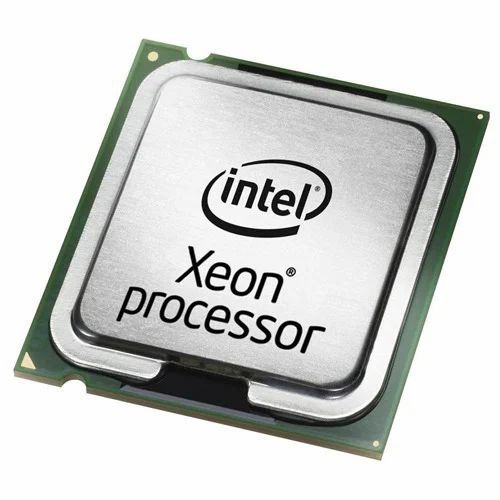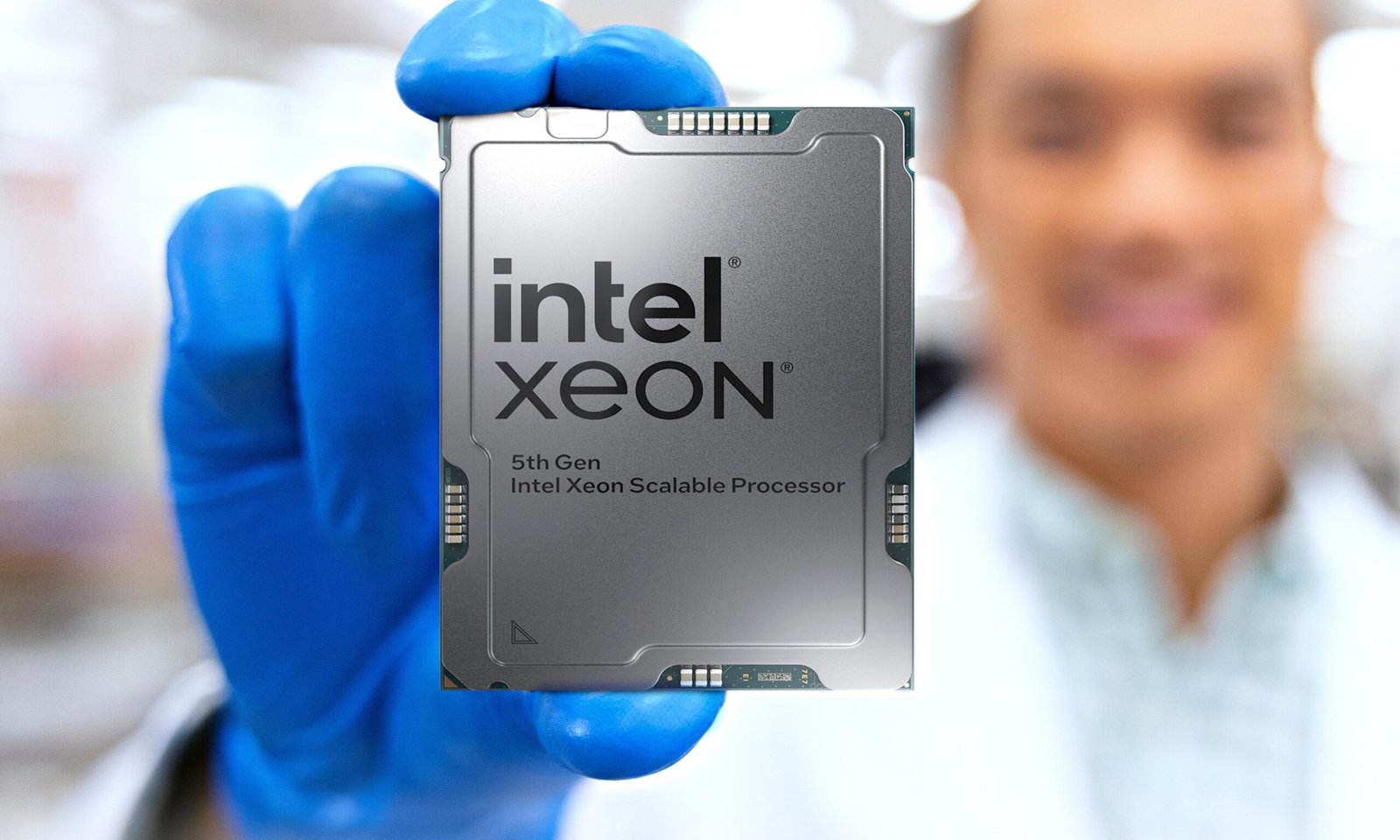
If you are tech enthusiasts, IT professional, server administrators or even student and looking for help and guide for Intel Xeon Processors, then you are in the right place. By knowing about generations by generations of each Xeon Processors helps you in finding the best processors for your server needs or suitable for your tasks. Let’s dive into our topic.
Guide for Intel Xeon processors Lineup(2023)
Table of Contents
What is Xeon Processors?
Xeon processors are the workhorses of the digital world, powering everything from websites and cloud services to email and corporate databases. They provide the power, high performance, improved reliability, enhanced security and support for demanding applications that businesses need to keep their operations running smoothly. They pack a punch when it comes to:
- Core Count : They have higher Core Counts( up to 56 compared to 16 in most consumer CPUs) which allows you to tackle multiple simulations tasks.
- Cache Size : They have larger cache sizes (up to 112.5 MB) to store frequently used data.
- Error-Correcting Memory : Data corruption is crucial for server applications, where accuracy really matters. So they support Error-Correcting Memory(ECC Memory).
- PCI Express Lanes : PCI Express Lane provide high-bandwidth communication between the CPU and other components like GPUs and storage controllers. PCI express lanes allows faster data transfers and more powerful setups, so Xeon Processors allows all these by providing up to 64 lanes, compared to 20 for consumer CPUs.
- Advanced Security Features : For avoiding unauthorized access from sensitive information Xeon Processors comes with advanced features like Intel SGX (Software Guard Extensions).
Note : You won’t find them in your typical home computers.
Intel Xeon Processors Lineup- 2023
Xeon processors offering advancements in performance, efficiency, and features. Currently, five generations is important for your knowledge.
- Cascade Lake (10th Gen)
- Cooper Lake (11th Gen)
- Ice Lake (3rd Gen Xeon Scalable)
- Sapphire Rapids (4th Gen Xeon Scalable)
- Emerald Rapids (5th Gen Xeon Scalable)
Cascade Lake :
This is Stable and mature for general purposes workforce, featuring up to 56 cores and DDR4 memory.
Pros
Mature and stable: A well-established generation with excellent compatibility and driver support.
Cost-effective: Generally more affordable than newer generations.
Versatile: Handles diverse tasks like web hosting, database management, and light virtualization.
Cons
Not bleeding-edge: Lacks the cutting-edge features and performance of newer generations.
Lower core counts: Maxes out at 28 cores, which might not be enough for demanding applications.
Higher power consumption: Not as energy-efficient as newer processors.
Copper Lake :
If you want to Tackling higher computing-performance (HPC) and demanding tasks like visualization then this is for you.
Pros
Improved performance: Up to 40% faster than Cascade Lake in some workloads.
Higher core counts: Up to 48 cores for intense parallel processing.
Enhanced security features: Hardware-based protections against side-channel exploits.
Cons
Pricey: Significantly more expensive than Cascade Lake.
Higher power draw: Requires careful thermal management.
Limited software compatibility: Not all software is optimized for Cooper Lake yet.
Ice Lake :
Now It handles data analytics and AI workloads efficiently, a perfect fit for the cutting-edge explorer.
Pros
Integrated AI accelerators: Delivers up to 3x faster AI performance compared to Cascade Lake.
Improved memory bandwidth: Supports DDR4-2933 for faster data access.
Advanced security features: Additional hardware-based mitigations for enhanced protection.
Cons
Even pricier than Cooper Lake: The AI features come at a hefty premium.
Not well-suited for traditional workloads: Primarily optimized for AI and deep learning.
Early adopter territory: Software and ecosystem still maturing.
Sapphire Rapids :
This is the king of data, boasting brute force with its immense core count, advanced AI acceleration, and DDR5 support.
Pros
Balanced performance: Handles both traditional and AI workloads efficiently.
Up to 64 cores: Scales to meet the demands of large datasets and complex applications.
Advanced memory support: Supports DDR5 for even faster data transfers.
Cons
Top-of-the-line pricing: Expect to pay a premium for the cutting-edge features.
Complex configuration: Requires careful planning and optimization for optimal performance.
Emerald Rapids :
Think of it, as the leading researcher, always a step ahead, excelling in AI research and demanding scientific computing.
Pros
Balanced performance: tackles both traditional and AI workloads well.
High core counts: scales up to 64 cores for demanding applications.
Cutting-edge memory support: DDR5 enables lightning-fast data transfers.
Enhanced security features: robust hardware-based protections against evolving threats.
Cons:
New kid on the block: limited software compatibility and ecosystem might require early adopter patience.
Premium price tag: advanced features come at a cost.
Complex configuration: optimizing performance requires careful planning and expertise.
Tabular form of details of Xeon Processors
| Generation | Key Features | Pros | Cons | Best for |
| Cascade Lake | Workhorse | Mature, affordable, versatile | Lower performance, lower core counts | Budget setups, general-purpose tasks |
| Cooper Lake | Performance Booster | Raw power, high core counts, advanced security | High cost, high power consumption, limited software compatibility | HPC workloads, demanding simulations |
| Ice Lake | AI Specialist | Built-in AI accelerators, improved memory bandwidth, enhanced security | Very expensive, not ideal for traditional workloads, early adopter territory | Machine learning training, AI applications |
| Sapphire Rapids | All-Rounder | Balanced performance, high core counts, cutting-edge memory, advanced security | complex configuration | High-performance computing, diverse workloads |
| Emerald Rapids | Future is Now | Next-generation performance, enhanced AI, potential for memory advancements | Release date(14dec 2023), more details updated soon | Cutting-edge research, future-proof infrastructure |
Conclusion
All this details are based on data provided by the company. As you know after coming of Artificial Intelligence the whole world is drastically changed. So the Latest edition that is 5th gen Xeon processor is most reliable for AI related works.

